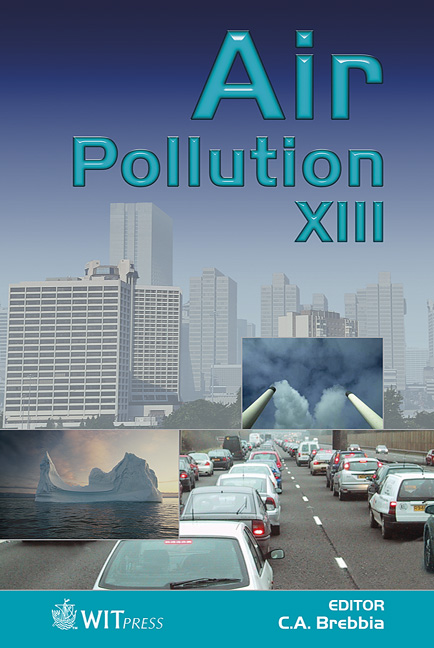Topographic Winds As An Aid To Pollution Transport From Northern France To Kent, Southeast England
Price
Free (open access)
Transaction
Volume
82
Pages
8
Published
2005
Size
1,100 kb
Paper DOI
10.2495/AIR050521
Copyright
WIT Press
Author(s)
V. Nicolas-Perea, R. J. Odle & P. J. A. Burt
Abstract
Long-distance airborne transport of pollutants is well known, but accurately identifying their sources can be problematic, especially if their dispersal is confounded by the specific airflows associated with topography. Because Kent is close to mainland Europe it is the area most likely to be affected by airborne pollution dispersal from northern France, and satellite imagery shows the dispersal of pollution plumes from there to southeast England. The fate of such plumes on arrival over Kent, however, is not known. Kent is bounded on three sides by the waters of the English Channel and the North Sea (plus the Thames Estuary), with a coastline stretching over 500 km. The county also possesses two major topographic barriers, the North and South Downs, plus significant areas of coastal plain. Consequently, topographically modified airflows might be expected to be complex. From the literature, it is clear that very little has been published on airflow and topography in the southeast of England, and Kent in particular. This paper presents the preliminary results of an investigation of airflow regimes in relation to the topography of southeast England, focusing on how topographic channelling produces local airflows and how, in turn, these might affect the dispersal of airborne particulate material in the 2.5 to 10 µm size fraction. The reliability of synoptic-scale weather data to assess local airflow is also assessed. An improved knowledge of pollution dispersal in this area should help link pollution and weather information in real time, leading to improved monitoring and forecasting of pollution episodes. Keywords: topography, wind, particulate material, dispersal, trajectory.
Keywords
topography, wind, particulate material, dispersal, trajectory.





